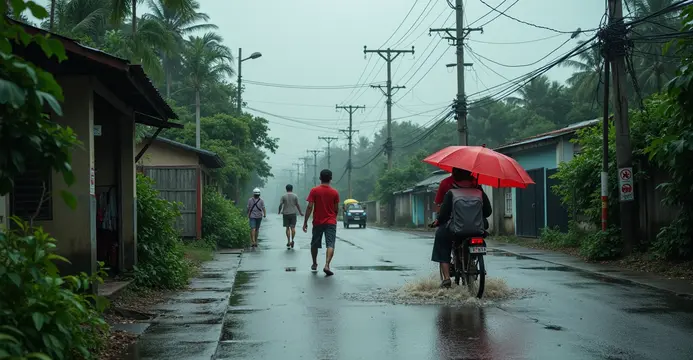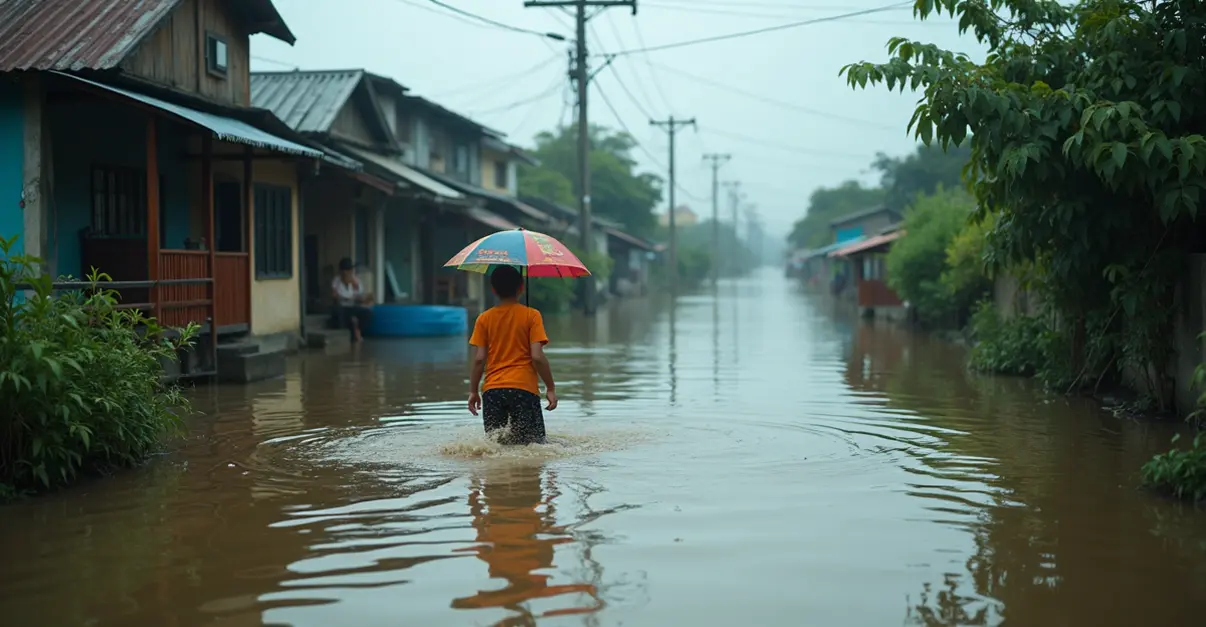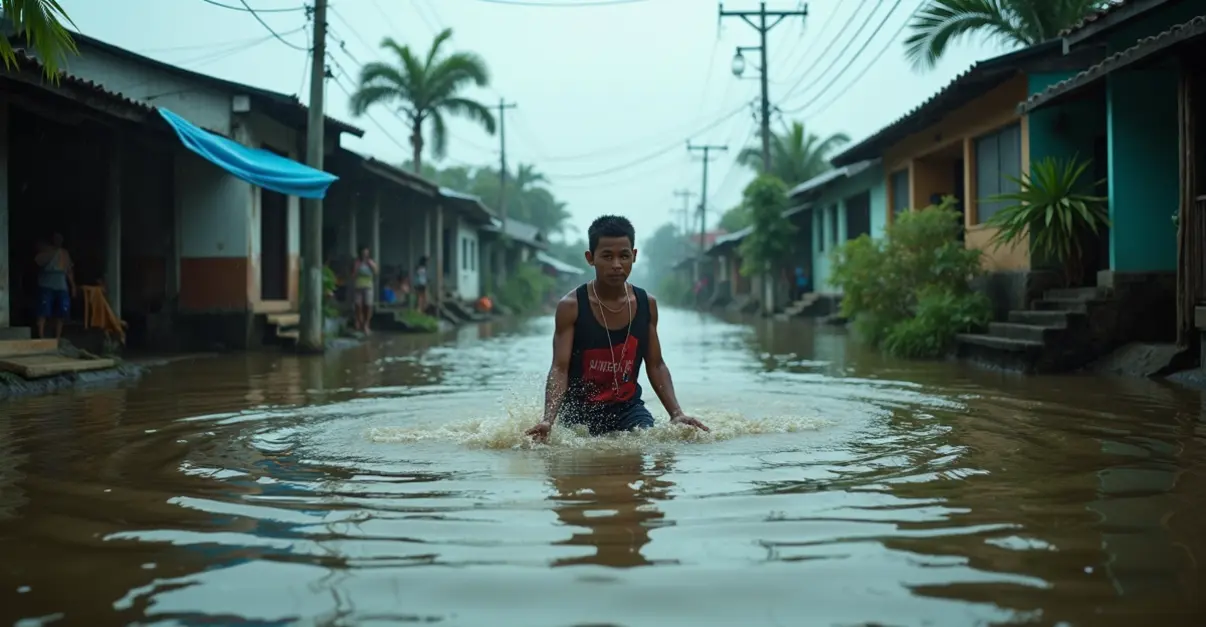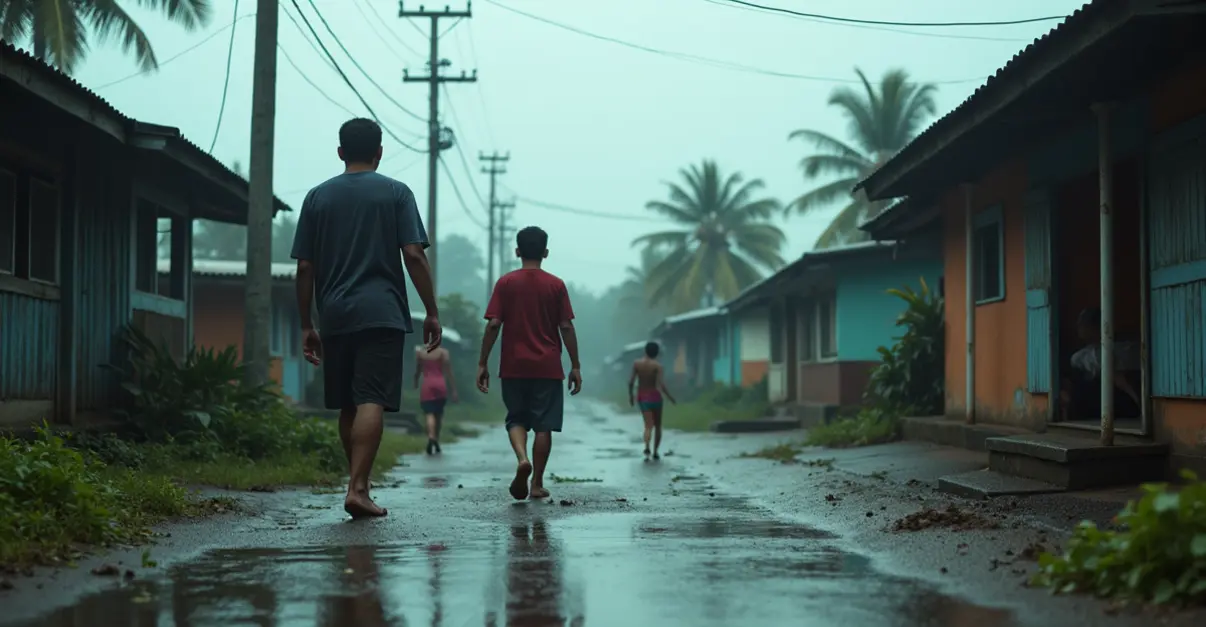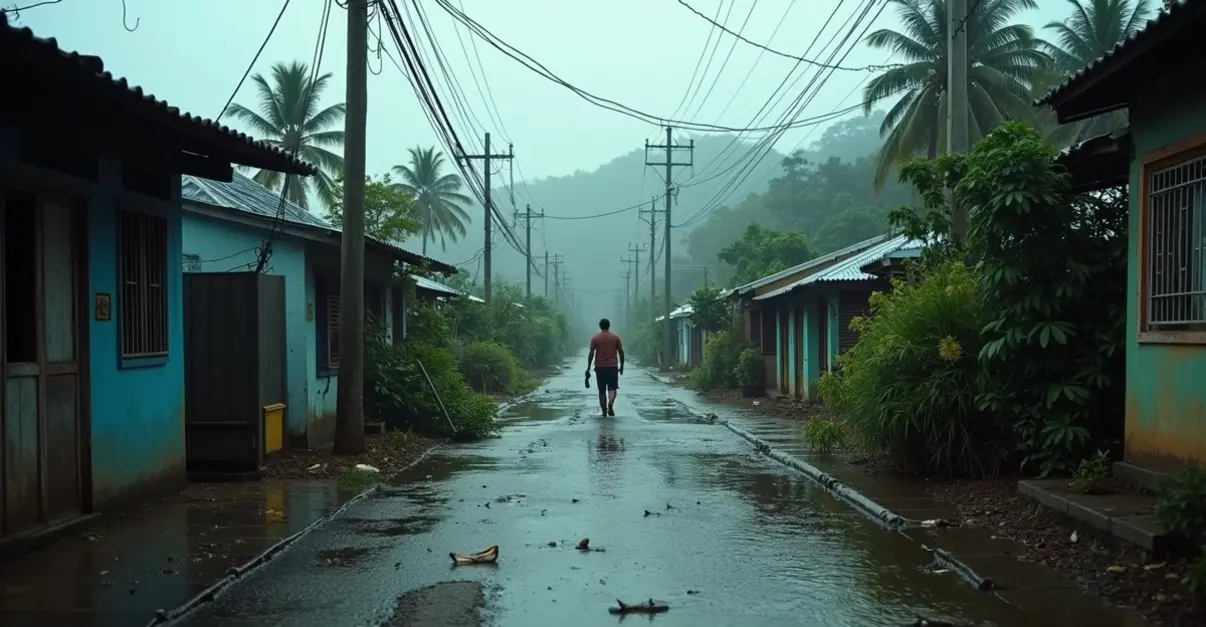Typhoon Kalmaegi kills at least 40 in Philippines, mostly in Cebu, with 400,000 evacuated. Military helicopter crash kills 5 during rescue mission. Storm now heads toward Vietnam, prompting emergency preparations.
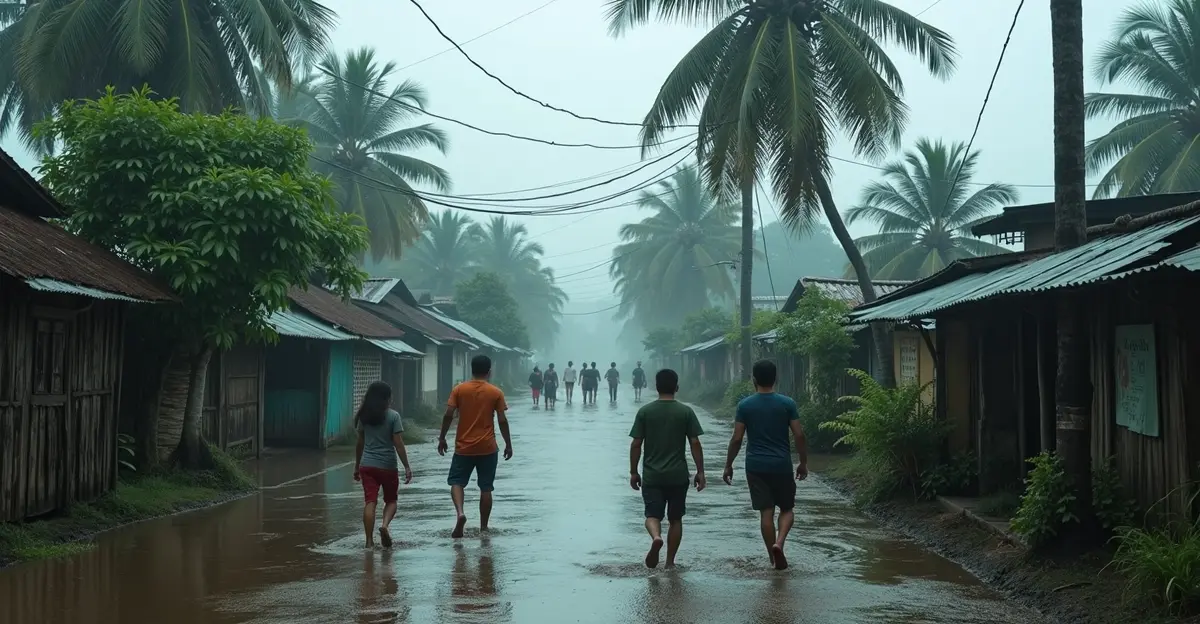
Deadly Typhoon Ravages Central Philippines
Typhoon Kalmaegi has left a trail of destruction across the central Philippines, claiming at least 40 lives and forcing the evacuation of approximately 400,000 people. The powerful storm, known locally as Typhoon Tino, made landfall on Tuesday with sustained winds reaching 130 kilometers per hour and gusts up to 180 kilometers per hour, causing catastrophic flooding and widespread damage.
Cebu Bears the Brunt of Destruction
The island of Cebu suffered the most severe impact, with 39 of the confirmed fatalities occurring in this central province. According to the Philippine Office of Civil Defense, most victims drowned in flash floods triggered by torrential rainfall that overwhelmed communities. 'We have never seen flooding this severe in decades,' said Maria Santos, a resident of Cebu City who was rescued from her rooftop. 'The water rose so quickly, we had no time to save our belongings.'
In Cebu City alone, 183 millimeters of rain fell within 24 hours, submerging urban areas and stranding residents. The Philippine Red Cross reported an unknown number of people trapped on rooftops in the coastal town of Liloan, where rescue operations continued through Wednesday.
Tragic Helicopter Crash Compounds Crisis
In a separate tragedy that compounded the disaster response, a Philippine Air Force Super Huey helicopter crashed in southern Mindanao while en route to deliver humanitarian aid to storm-affected areas. All five military personnel aboard perished in the incident. 'Our brave soldiers were on a mission of mercy when this tragedy occurred,' stated Defense Secretary Carlos Garcia. 'We are investigating the cause of the crash while continuing our relief operations.'
The helicopter was part of a larger military response to the typhoon, which has disrupted transportation networks across the archipelago. More than 180 domestic flights were canceled, and inter-island ferry services remained suspended as authorities assessed damage to ports and coastal infrastructure.
Mass Evacuations and Infrastructure Damage
The scale of displacement is staggering, with nearly 400,000 people evacuated from vulnerable coastal and low-lying areas across the central Visayas region. Emergency shelters operated at capacity as families sought refuge from the storm's fury. 'Our evacuation centers are full, but we're doing everything possible to provide food, water, and medical care,' explained Governor Gwendolyn Garcia of Cebu province.
Infrastructure damage includes widespread power outages, damaged roads and bridges, and compromised telecommunications services. The typhoon's impact comes just weeks after the region was struck by a 6.9 magnitude earthquake that killed 79 people in September, complicating recovery efforts.
Storm Moves Toward Vietnam
As Kalmaegi exits the Philippines, meteorological authorities warn that Vietnam faces an imminent threat. The typhoon is forecast to make landfall in central Vietnam on Thursday, with Vietnamese Prime Minister Pham Minh Chinh issuing urgent directives for preparation. 'We are preparing for the worst-case scenario,' said Nguyen Van Thanh, director of Vietnam's National Center for Hydro-Meteorological Forecasting. 'This could be one of the most powerful storms to hit our central provinces this year.'
Vietnam has already experienced 12 named storms in 2025, and Kalmaegi represents the 13th tropical system to threaten the country. Coastal provinces from Da Nang to Khanh Hoa are under emergency warnings, with authorities urging fishing vessels to seek safe harbor and coastal residents to evacuate vulnerable areas.
The typhoon's rapid development and destructive path highlight the increasing intensity of tropical storms in the region, which scientists attribute to warming ocean temperatures. As climate change continues to influence weather patterns, nations across Southeast Asia face growing challenges in preparing for and responding to such extreme weather events.
Sources: CNN, Associated Press, VietnamNet

 Nederlands
Nederlands
 English
English
 Deutsch
Deutsch
 Français
Français
 Español
Español
 Português
Português




